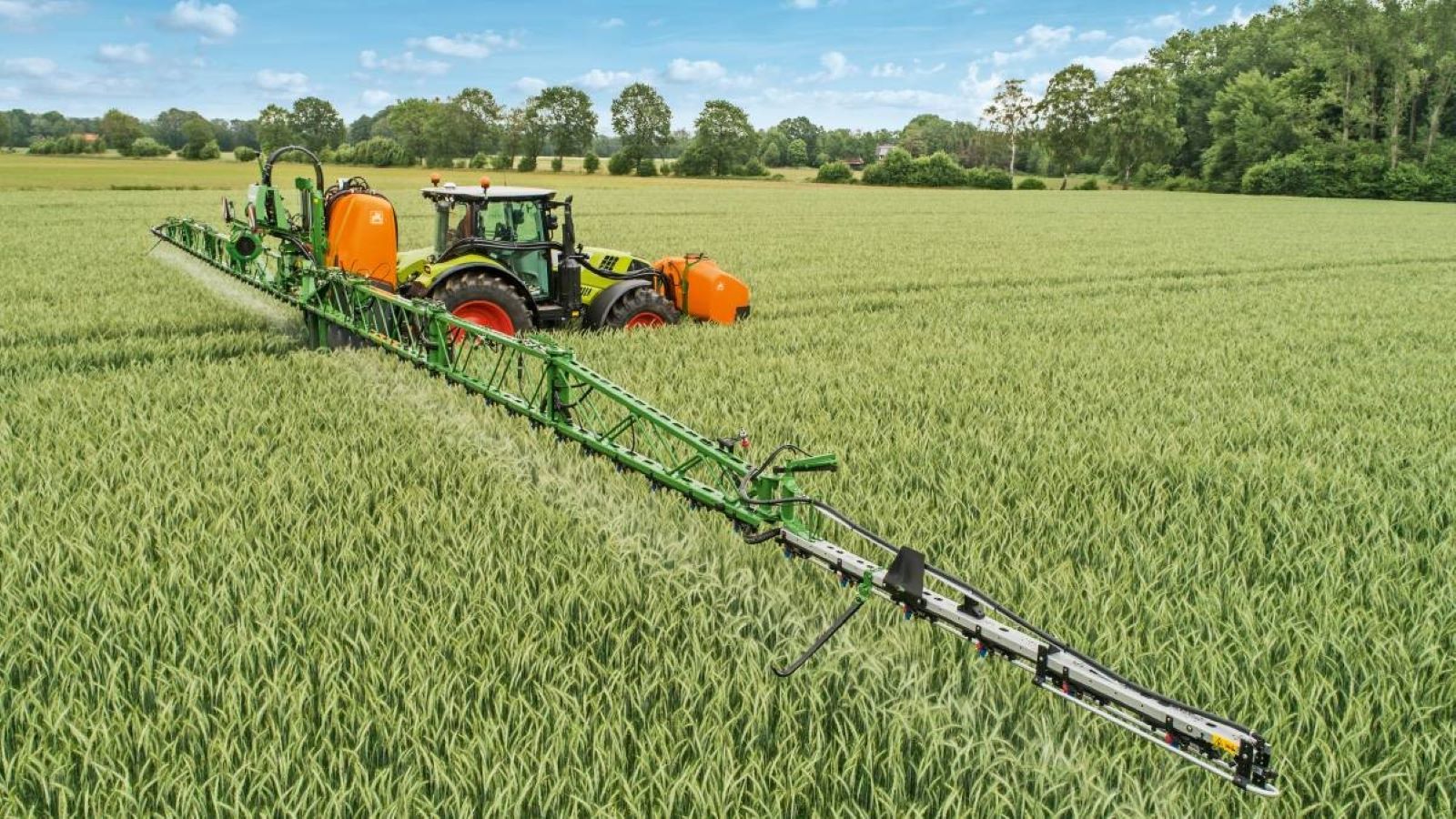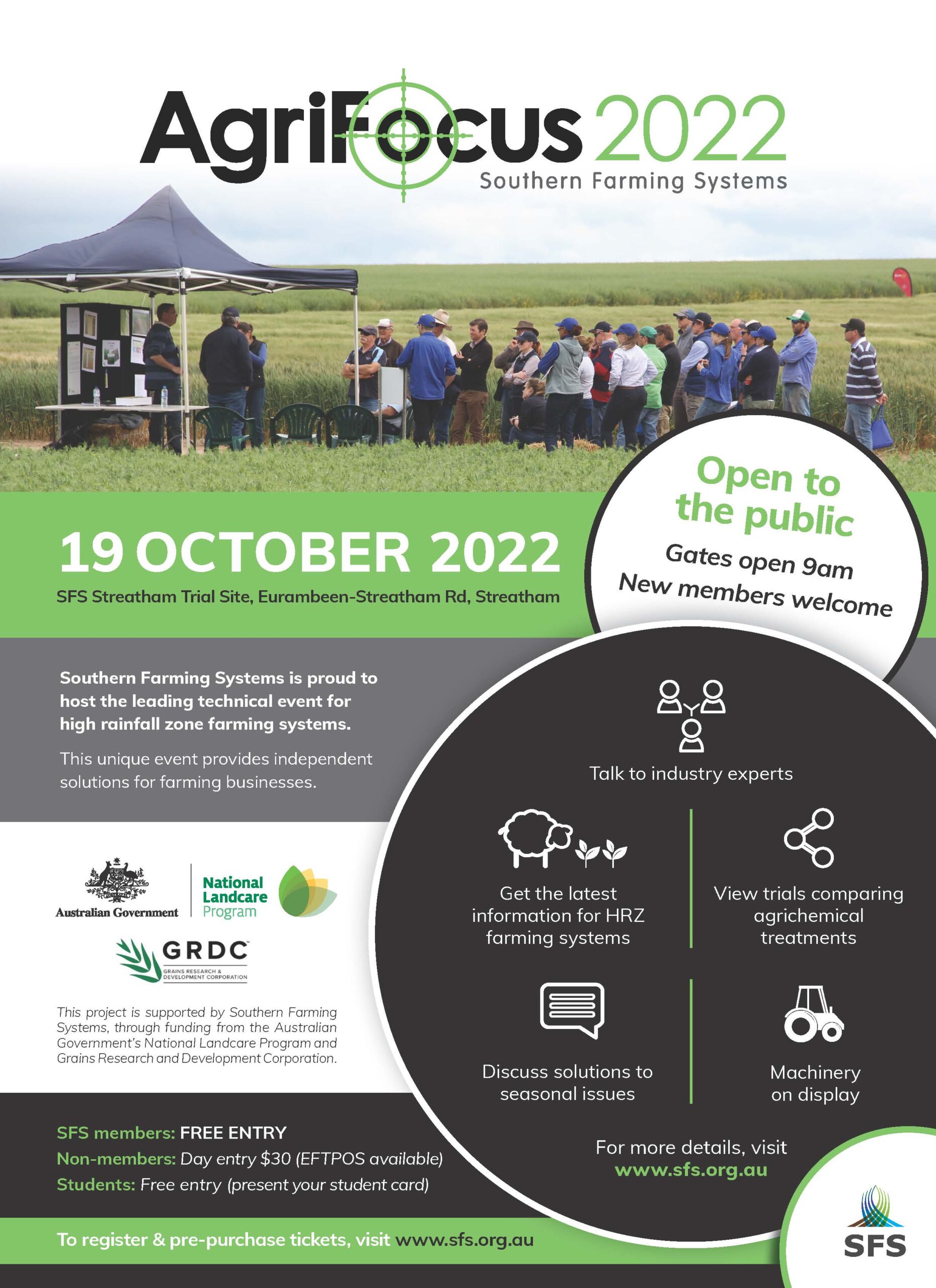
Spray timings and herbicide efficacy around frosts
As we move into winter and the cooler temperatures are upon us, frosts can be a common weather event through south-west Victoria. These frosts can often coincide with some critical herbicide timings in cropping paddocks. Making the decision of when to spray around these weather events is an important consideration.
Extreme temperatures such as frost cause plants to become stressed and during this period their growing activity is slowed or even stopped, depending on the severity of the event. When targeting weeds in paddocks like annual ryegrass, Group A herbicides such as Clethodim are most effective when plants are undergoing rapid growth. Clethodim works by inhibiting an enzyme in the plant, once the herbicide has penetrated the leaves, it is translocated through the plant to areas where plant growth is most active, such as the shoots and roots. Under stressed conditions this translocation is slowed, which results in reduced herbicide efficacy.
The severity of the frost and the number of consecutive days of frost will also determine how long to wait before re-entering paddocks to spray. The more severe and the more days of frost in a row, the further the plants will be stressed and so the wait time should be increased.
Recent research by Dr Chris Preston University of Adelaide, has found that weather after spraying can have more of an impact on efficacy than before spraying. It would be considered just as important, if not more important to keep an eye on weather forecasts pre and post spraying when planning herbicide sprays.
It is not only herbicide efficacy on weeds that is also important to consider, but the crops ability to tolerate a herbicide following a frost event. In certain spray situations such as targeting annual ryegrass in cereal crops, if the crop is under stress a herbicide application may also increase risk of crop injury. Always check herbicide labels for guidance if concerned.
Crop Smart rules for spraying around frosts include:
- Don’t spray if a frost is forecast for the following day.
- If frost or extreme cold weather occurs after application expect a variable result or a prolonged result.
- There are many different types of frosts – some plants are still frosted at lunchtime whilst others are gone by 9am – but ensure the plants are actively growing to get the best spray result.




